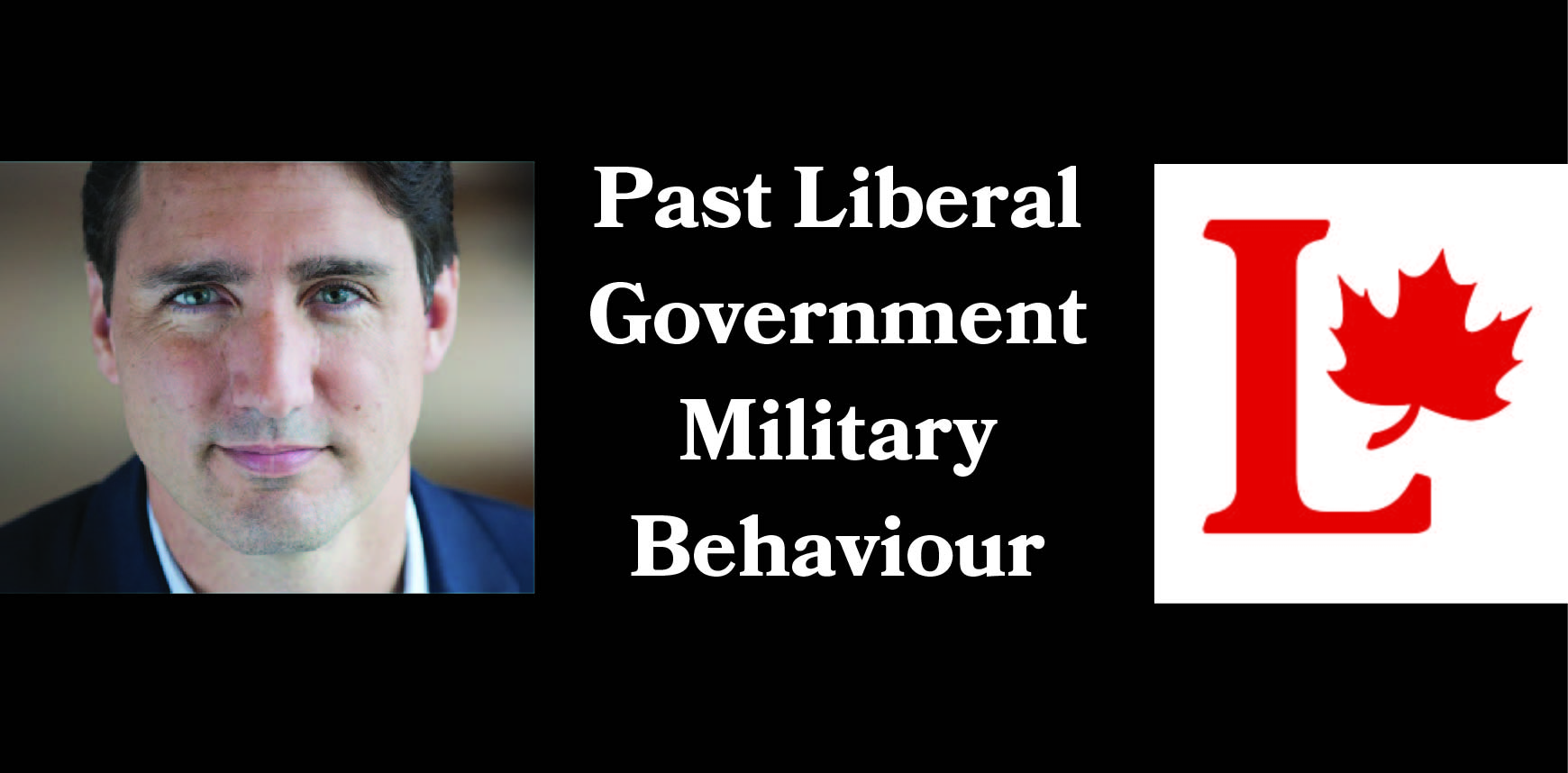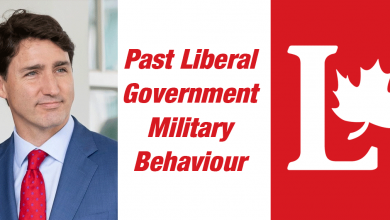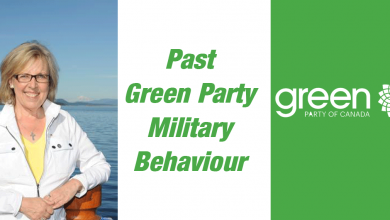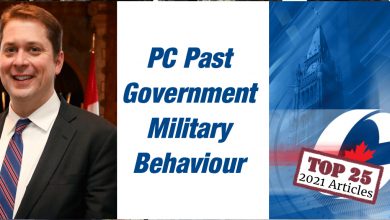Election Coverage
Past Liberal Government’s defence behaviour
The Liberal Party of Canada has played an integral role in the country’s history and government. However, the Liberal Party’s legacy in the arena of defence has been characterized by some periods of the highest defence spending and also some of the lowest.
One of the most notable figures in the history of the Liberal Party is Pierre Trudeau. Prime Minister of Canada for nearly 16 years, Trudeau was regarded as an “enemy of the military.” Public perception is that Trudeau was anti-military and in the height of the Cold War made cuts to the size of the military.
However, a report done by Parliament’s research branch in 2007 showed that Trudeau senior was, in fact, the highest spender on defence in over three decades. It showed that during his tenure spending was around 2 per cent GDP. Compared to all prime ministers that followed, Trudeau leads in spending on national defence as a percentage of federal government expenditures at 13.3 per cent in 1970.
In contrast to Trudeau’s willingness to spend on defence, Prime Minister Jean Chretien’s era is described by critics as a “decade of darkness.”
“Their critics point to that ‘decade of darkness’ in the 1990s when the Liberals made inconsiderable use of the military. They didn’t want to spend more money on the military than they had to. They were being frugal to a fault according to their critics,” said Martin Shadwick, a defence analyst at York University.
In an article, Shadwick wrote for the Canadian Military Journal he notes the following about Chretien, who was prime minister from 1993-2003, “How should one assess Chrétien and defence? In fairness, criticism of his frugal approach to defence must be tempered by the magnitude of the inherited deficit and debt problems, and by the scope of some of the structural military problems handed down from earlier prime ministers.
“To his credit, he did not pull back from Canada’s global obligations (albeit at the cost of overextending the Canadian Forces) and authorized a military contribution to the war on international terrorism which, in comparative and even absolute terms, was quite substantial. The White Paper, at least in 1994, was a solid document.
“The decision to decline participation in the war with Iraq remains contentious, but may well have avoided a serious public backlash against the Canadian Forces. Conversely, and most importantly, he failed to fundamentally reassess defence requirements in response to changing international circumstances.
“He also offered public utterances on defence that were unfortunate or unworthy (e.g., references to peacekeepers as “Boy Scouts,” and the infamous year-end interviews which implied that supporters of increased defence spending were mere shills for the arms industry).”
Canada entered the Afghanistan war during Chretien’s era.
Following Chretien was Prime Minister Paul Martin, who was in office from 2003-2006. Martin’s government made announcements to increase military spending, providing the military with $13 billion over five years. A 2005 white paper on defence by the Martin government laid out all the additions to the military they envisioned. The government wanted to increase the regular forces by 5,000 and modernize CAF capabilities to make it a “reorganized and retooled” military.
It is difficult to determine which one of his predecessors the current Liberal Party leader Justin Trudeau will mirror if elected. Taking a closer look at his voting record while in Parliament, Trudeau has voted yes in favour of veterans issues such as on Bill C-27 which enhances employment for former members of the CAF but voted no for other issues regarding Canada’s stance against ISIL.
[poll id=”7”]








